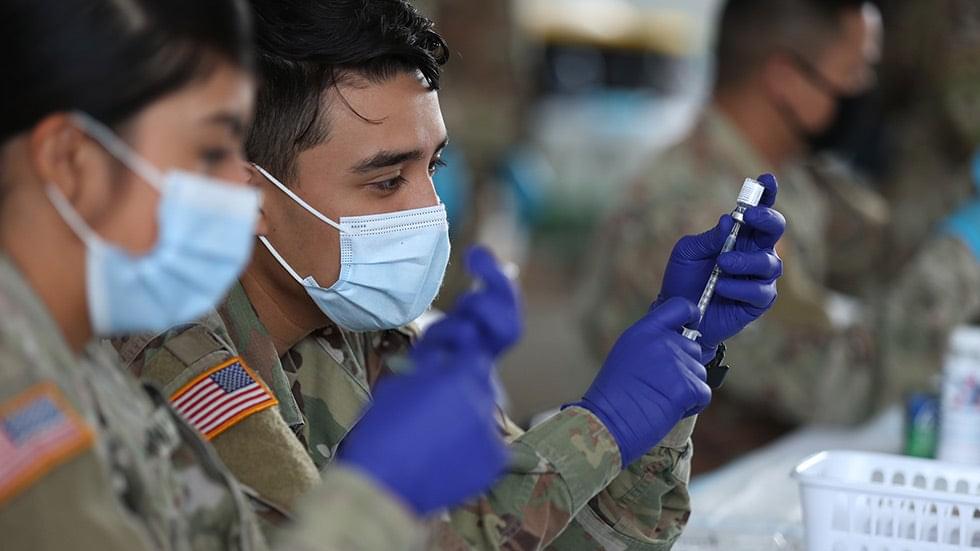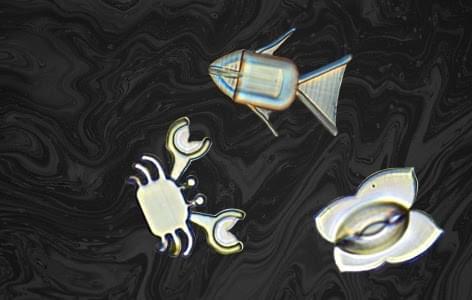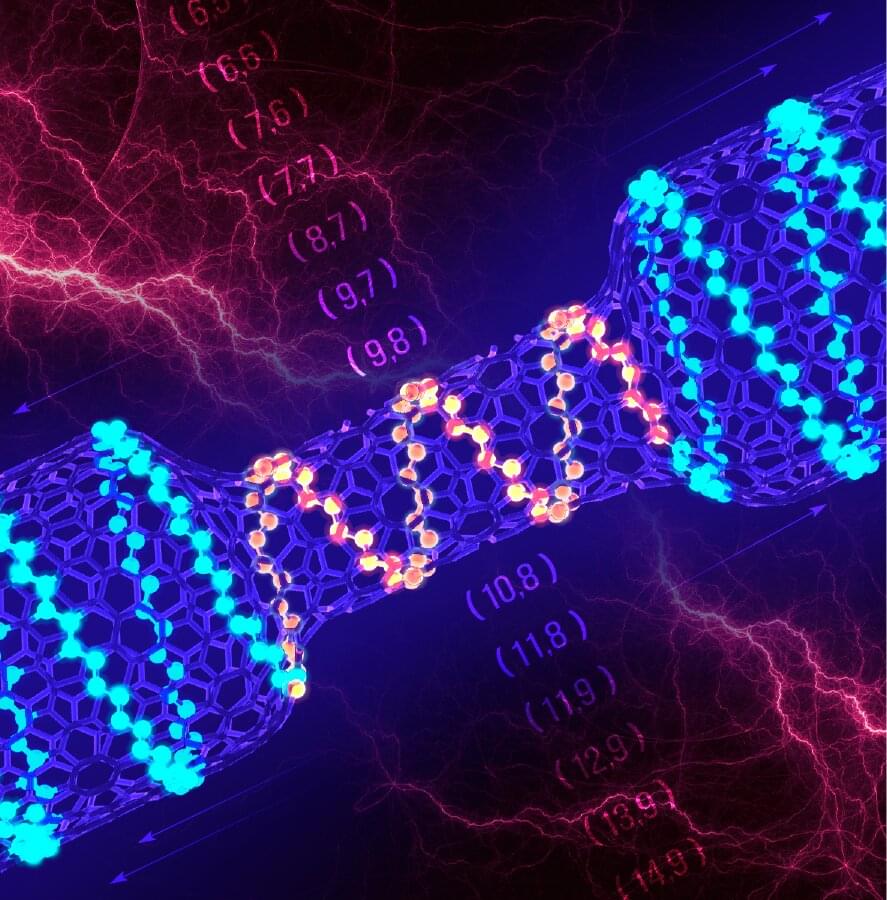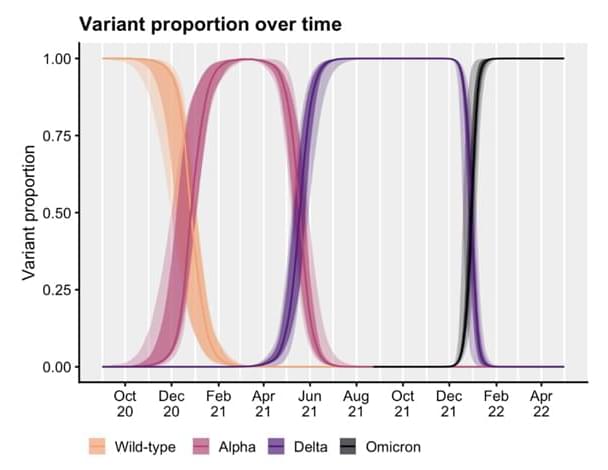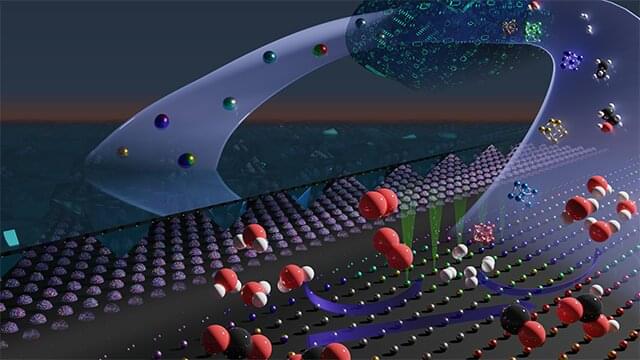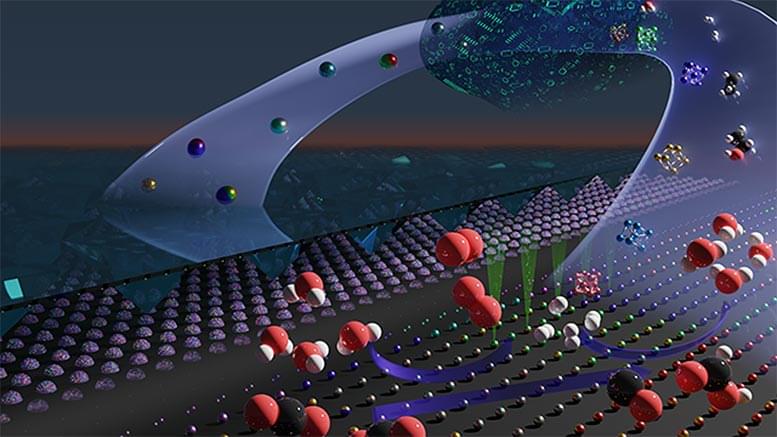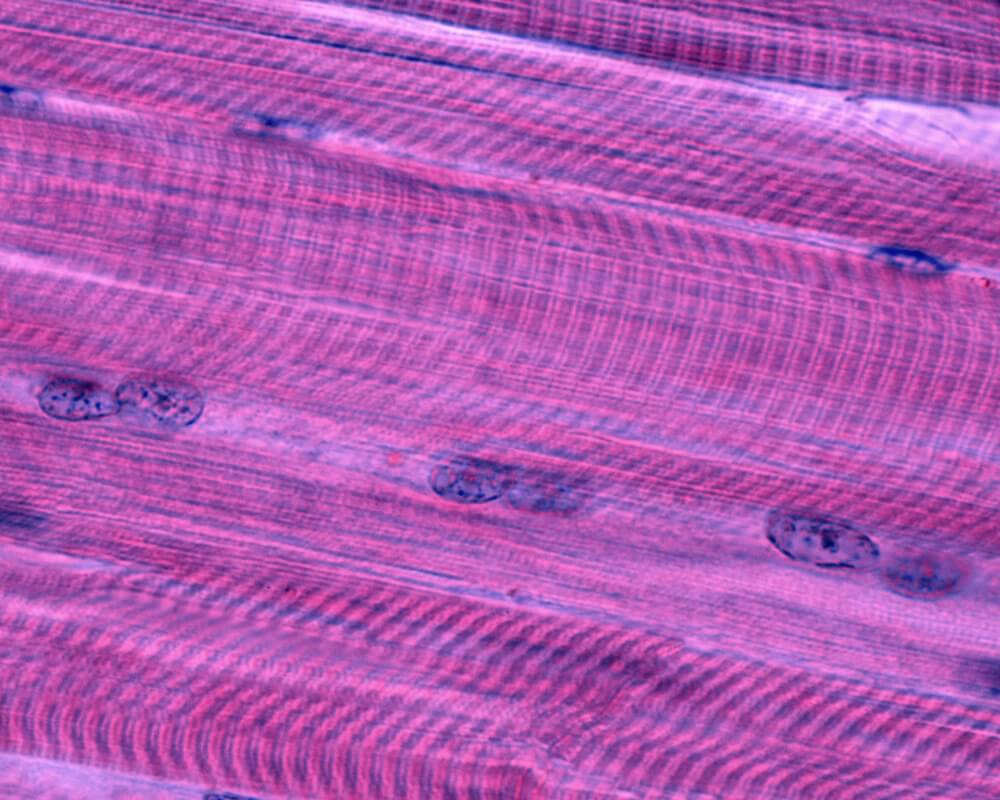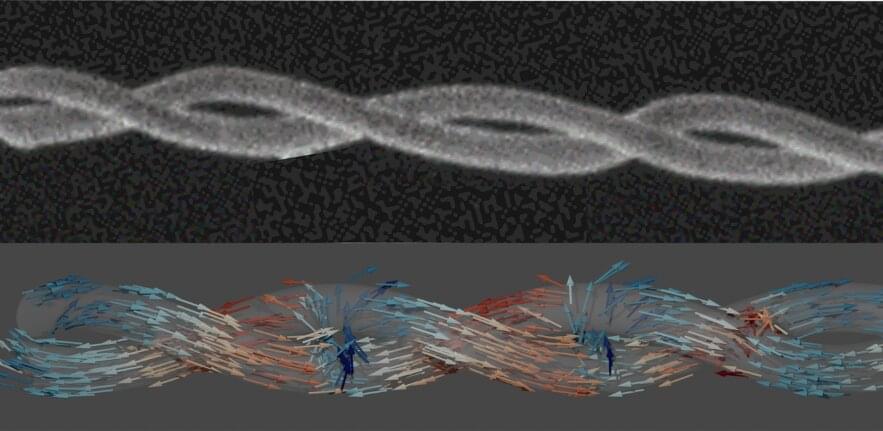Dec 24, 2021
Army to announce vaccine that protects against an array of COVID-19 variants
Posted by Omuterema Akhahenda in categories: biotech/medical, nanotechnology
The U.S. Army is expected to announce that it has developed a vaccine that protects against omicron and other COVID-19 variants. The Walter Reed Army Institute of Research (WRAIR) has been developing a Spike Ferritin Nanoparticle (SpFN) since early 2020, and began early-stage human trials of the vaccine in early April. Kayvon Modjarrad, director of WRAIR’s infections disease branch, said that the early-stage trials ended this month, and yielded positive results that are currently under review.
-a slight correction, but still promising.
Correction: This headline and story have been corrected to reflect that the COVID-19 vaccine the Army is developing has not been tested against omicron.
Continue reading “Army to announce vaccine that protects against an array of COVID-19 variants” »
